Objects in our environment may be found in various forms and dimensions. Generally, we may see geometric figures like squares, triangles, and circles in the background. In addition, the only measurements that form like a sheet of paper are their length and width.
Consequently, these types of forms are referred to as 2D or two-dimensional. While other states, like that of a home, have length, width, and height, the shape of a house does not. Consequently, these types of documents are referred to as 3D or three-dimensional.
In geometry, a solid figure or an object or form has three dimensions: length, width, and height, which is referred to as a three-dimensional shape. This definition applies to three-dimensional shapes.
Throughout a typical day, we encounter several things in our environment that exhibit a variety of forms. For instance, books, balls, ice cream cones, etc. The fact that each of these items has some dimension of length, width, height, or depth is something they all share in common.
As a result, they are referred to as 3D forms since they have all three dimensions. The term “dimensional” refers to the third dimension. The space that is occupied by 3D shapes. In a universe with three dimensions, it is possible to move in any of the following directions: forward, backward, right, left, and even up and down.
Properties of 3D Shapes
The following are three main attributes associated with 3D shapes that allow you to understand the body’s composition.
- Edges
- Vertices
Edges
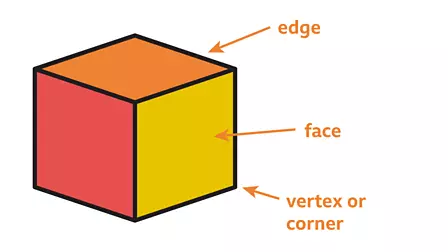
An edge is a point at which two faces come together. A cube, for instance, has 12 advantages, but a cylinder has just two, and a spherical one has none.
Vertices
A corner where two edges meet is known as a vertex. The correct term to use is vertices. A sphere, for instance, does not have any vertices, whereas a cube has eight, a cone has one, and so on.
Examples of 3D Shapes
- Sphere
- Cylinder
- Cone
- Cube
- Cuboid
- Prism
- Pyramid
Sphere
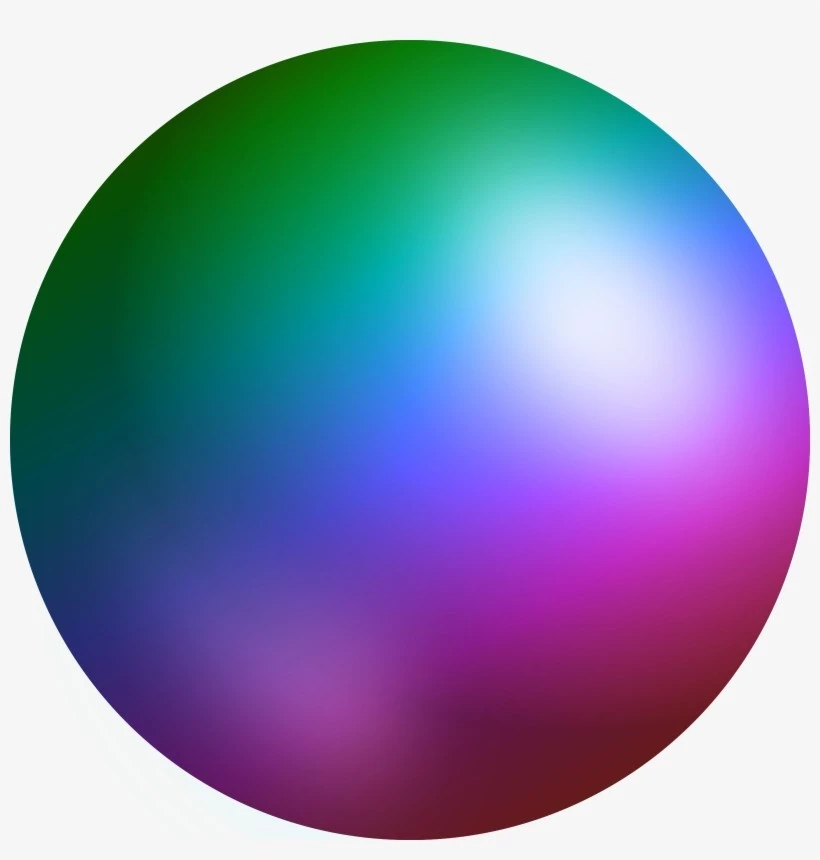
A sphere may be thought of as having a round and circular outline. The distance between the center and any point on the sphere’s surface is the same in any direction.
The radius, diameter, circumference, volume, and surface area are the many measurements that it has. There is only one face, yet there are no edges or vertices, for example, a ball, lemon, etc.
The sphere does not have any vertices or edges (corners). It has one curved surface. In addition to this, its symmetry may be described as flawless. When seen from any location on the surface of a sphere, one’s distance from the sphere’s center remains constant.
Attributes:
Curved Face = 1
Edges = 0
Vertices = 0
Formulas:
Diameter = 2r
Surface area = 4 π r2
Volume = (4/3) π r3
Cylinder
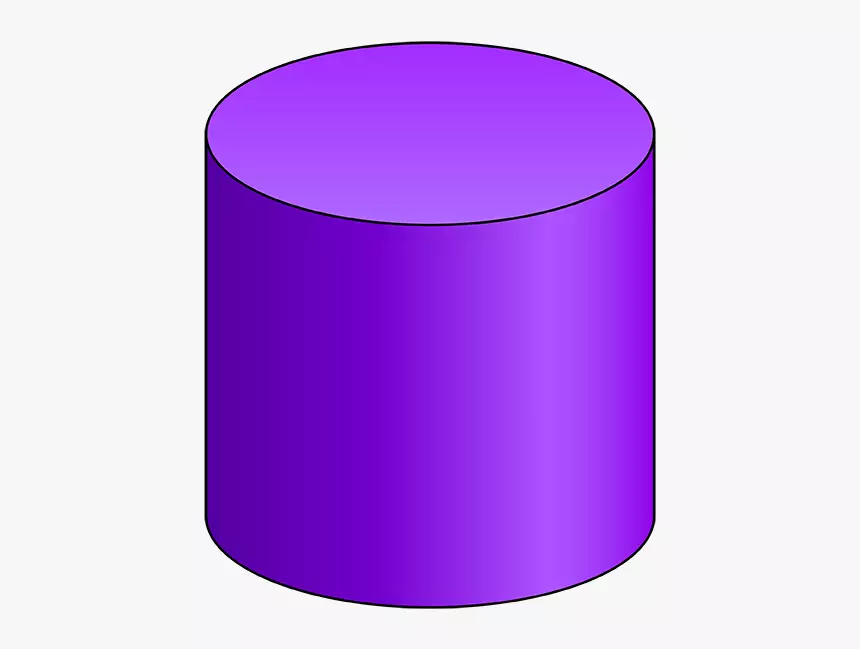
A cylinder is a three-dimensional object with one curved surface in addition to its two round faces, one at the top and the other at the bottom. A cylinder is defined by both its radius and its height. It is a three-dimensional object having two identical ends that might be round or oval—for example, candles, batteries, cans, etc.
The base and the cap of the cylinder are both flat. The grounds are always aligned in a parallel and congruent manner. It has one curved side.
Attributes:
Flat Face = 2
Curved Face = 1
Edges = 2
Vertices = 0
Formulas:
Total Surface area = 2 π r (h + r) where h is the height of the cylinder
Volume = π r2 h
Cone
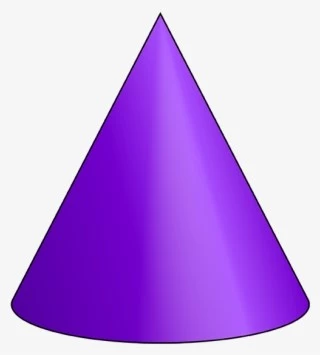
A cone is characterized by having a circular base that tapers to a point at the top. “Apex” refers to the sharp point at the top of the cone. The surface of a cone is also curved in shape. For instance, a cone for ice cream, a party hat, a Christmas tree, and so on.
The base of the cone is flat. It features a single curving side and an apex, a pointy vertex that may be found either at the top or the bottom.
Formulas:
Curved surface area = π r l
Total Surface area = π r (l + r)
Volume = (1/3) π r2 h
Cube
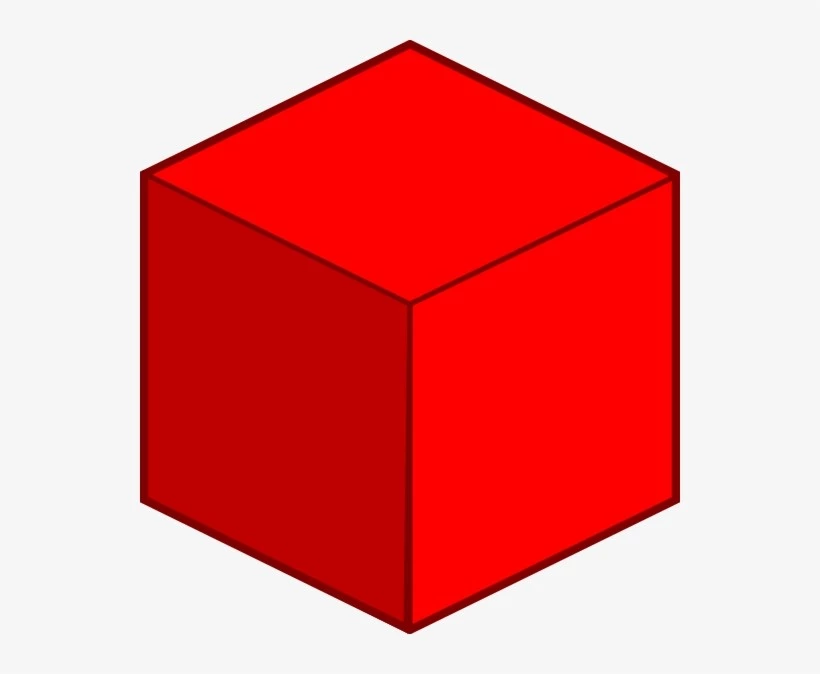
The cube and the cuboid have the same number of faces, vertices, and edges. The primary characteristic that differentiates the two types of geometric figures is that a cube has six faces that are all squares, and a cuboid has six faces that are all rectangles.
A cube is a three-dimensional object with six square faces. The lengths of the sides are comparable to one another. On a cube, one may draw a total of 12 diagonals.
Attributes:
Face = 6
Edges = 12
Vertices = 8
Formulas:
Lateral surface area = 4 a2 where a is the length of a side
Total surface area = 6 a2
Volume = a3
Cuboid
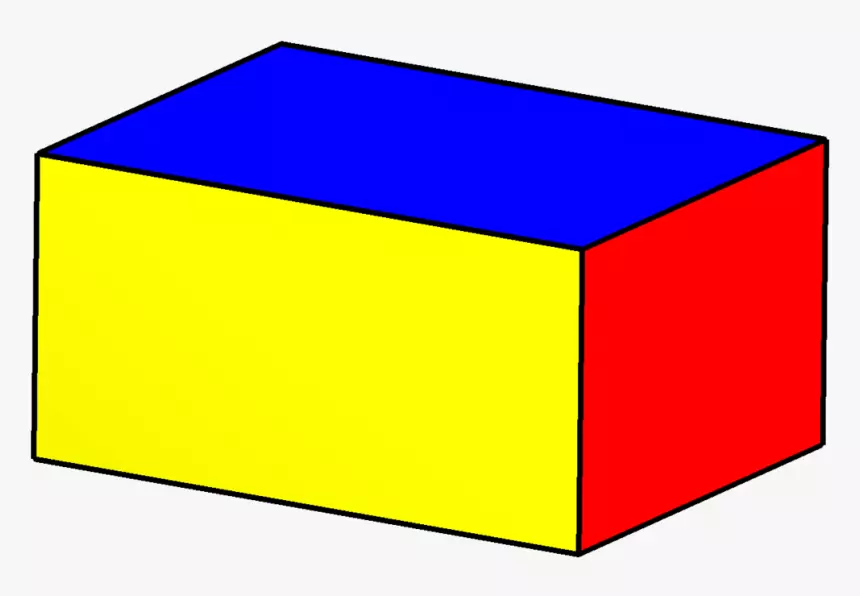
Cuboid has six faces that are all in the form of rectangles. The lengths of the sides of a cuboid are not all identical to one another. On a cuboid, one may draw a total of 12 diagonals.
Attributes:
Face = 6
Edges = 12
Vertices = 8
Formulas:
Lateral surface area = 2 h (l + w)
Total surface area = 2 (lw +wh + lh)
Volume = (l X w X h)
Prism
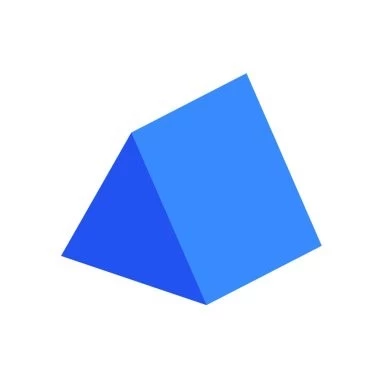
A prism is a three-dimensional structure composed of two forms that are identical to each other and face each other. It is possible to divide prisms into several distinct categories, such as triangular prisms, square prisms, pentagonal prisms, hexagonal prisms, and so on.
A prism has parallel sides and polygonal ends that are similar in shape. Along its entire length, there is no change in the cross-sectional shape.
Attributes:
Face = 6
Edges = 12
Vertices = 8
Formulas:
Surface area = [(2 X Base Area) + (Perimeter X Height)]
Volume = (Base Area X Height)
Pyramid
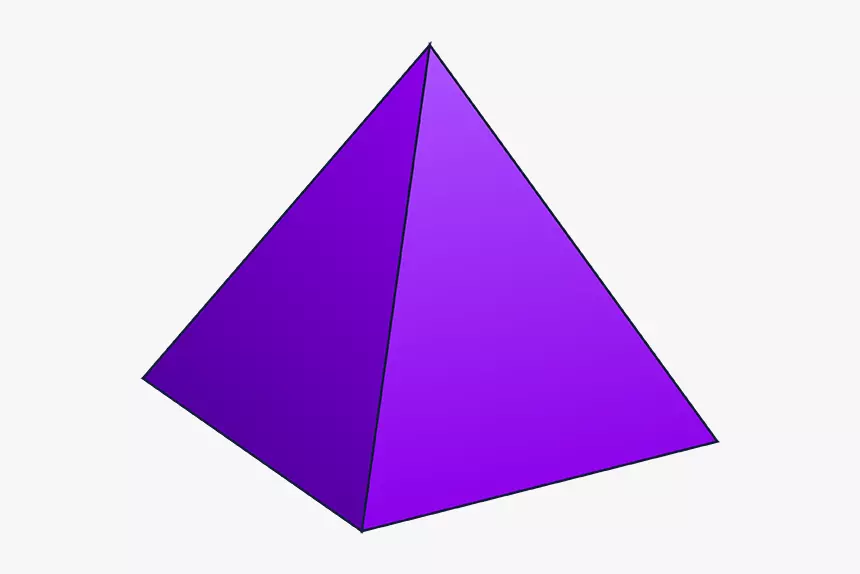
A pyramid is a kind of polyhedron that has a base in the shape of a polygon and an apex that is made up of straight lines. It is possible to divide them into regular and oblique pyramids according to the orientation of their peaks about the center of the base.
Attributes:
A square pyramid has the following attributes:
Face = 5
Edges = 8
Vertices = 5
Formulas:
Surface Area = Base Area + (1/2 X Perimeter X Slant height)
Volume = [(1/3) X Base Area X Altitude]
Conclusion
3D forms are solid shapes or items with three dimensions, unlike 2D objects, which only have a length and a breadth. Two-dimensional objects only have only two dimensions. The terminology “faces,” “edges,” and “vertices” are also very significant when discussing three-dimensional geometric forms. Because of their depth, they take up a certain amount of volume.
There are several 3D forms whose bases or cross-sections are in the form of 2D shapes. For illustration purposes, the faces of a cube are all in the form of a square. Let’s get down to the nitty-gritty of each 3-dimensional structure (also known as a 3-D shape).
There are many different categories for 3D forms to be placed in. Some have curved surfaces, while others are shaped like pyramids or prisms. Some of them have straight characters.
